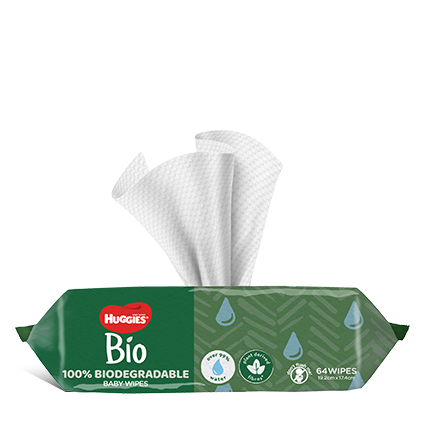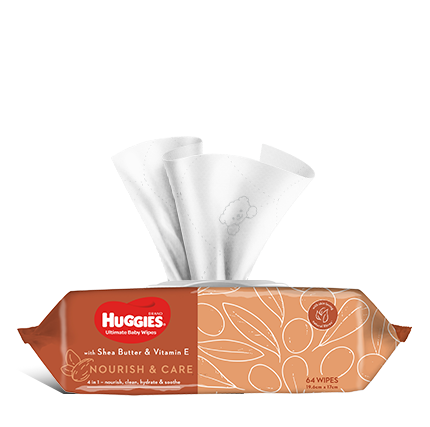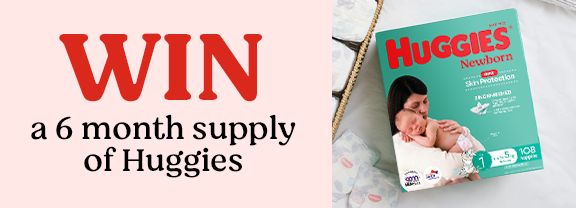What is a teething eruption chart?
It is such an exciting moment to see the first tooth pop out from your precious one’s gums. It’s one of the first exciting milestones and a reminder that they are growing up!
A teething eruption chart shows the names of each tooth, at what age it is likely to erupt, and at what age they are then likely to be lost.
It’s a lovely keepsake that you can print and personalise for your baby as a permanent record of when each tooth erupted and any of your “teething memories.”
When do babies start teething?
According to the Australian Dental Association (ADA), as a guide, baby teeth tend to first appear in the mouth at around 9 months of age. They can come as early as 3 months of age and as late as 12 months.

In the book The Only Baby Book You’ll Ever Need, paediatricians provide an overview of the eruption timeline:
Around 6 months:
The two lower middle teeth appear, followed by the two upper middle teeth (central incisors). Then the teeth on either side of the two front teeth (lateral incisors) appear, followed by more bottom teeth (canines).
Two years old:
Most children will have sixteen teeth, as the canine and second molars erupt.
Three years old:
Eventually, they should end up with 20 teeth altogether, ten on the top and ten on the bottom, including eight incisors (the front four teeth, top and bottom), four canines (one on each side of each set of incisors) and eight molars (the rest).
The ADA states that all 20 baby teeth will usually arrive by the time a child is 3 years old.
Five years old
These baby teeth, also known as milk, primary teeth or deciduous teeth, will gradually be replaced by a set of permanent ones beginning after age five. This is to start making way for the adult permanent, also called secondary teeth.
Midwife Monique Cristidis says “Just remember that it's only a guide, as to the ages of eruption and the order.
“The last set of molars usually happen after 18 months to two years, and usually parents forget about this, as there has been a good few months' break with no teething and then suddenly, their toddler is starting to wake up at night from being a good sleeper. This is usually the molars coming through. Or maybe their toddler has become a bit "sensitive" in their behaviour - again it could be the molars, giving pain relief often solves the situation.”
Starting tooth care
You might wonder why you should be cleaning your baby’s mouth, especially before they have any teeth and might not have any for ages. The paediatricians advise in the book The Only Baby Book You’ll Ever Need that you should start to help your baby get used to having their gums cleaned. They write that you can start with a gauze square that you can buy from the first aid section of the pharmacy, wetting it with water. Alternatively, they advise a fingertip brush or going straight to a soft infant toothbrush. “Hold your baby against you when you brush, facing into a mirror, so you can see what you’re doing - and your baby always enjoys mirror time. Your baby is less likely to clench their mouth shut or wriggle away when you come at them from the front.”
The paediatricians in the book advise against introducing toothpaste at this point as babies will swallow it Excess fluoride can lead to fluorosis, a condition which can affect the enamel and appearance of the teeth.
The ADA advise that low fluoride toothpaste should be introduced at 18 months of age and used until 6 years.
When do kids start losing baby teeth?
Most children lose their baby teeth in this order:
6-7 years old
Baby teeth will start becoming loose at age six, often starting with the lower front teeth, explains the ADA. As with teeth eruption, this may happen earlier than six years of age and for others it might be a little later. The ADA advises that when the first tooth becomes loose, it is important it is not left loose for too long as your child may try to avoid brushing this tooth.
The ADA explains that from six years of age, the four first permanent molar teeth will appear in the mouth. They are known as the "first molars," or the "six-year molars," as the Canadian Dental Association explains, and they come in at the back of the mouth, behind the last baby teeth, without replacing any primary teeth.
The ADA notes that these push into the mouth behind the existing teeth in a child's mouth. As your child grows, more adult teeth will push out the baby teeth, making way for the adult teeth.
7-8 years old
The lateral incisors are lost
9-11 years old
The first molars become loose
10-12 years
The second molars are lost
From 6 to 12 years, children have a mix of adult and baby teeth, notes the American Academy of Pediatrics (AAP).
Most people will have their full set of 32 permanent teeth by age 21, consisting of 16 upper teeth and 16 lower teeth in the lower jaw. Some individuals may only have 28 teeth due to their wisdom teeth not developing or able to push through to fit in the mouth.
Caring for teeth when they're loose
If your child’s baby teeth came late, Raising Children’s Network notes that the adult teeth will probably be late too. If you’re concerned about your child’s teeth development, see your dentist.
It’s important to keep up a teeth-brushing routine, while being careful when brushing around the loose teeth. However, let the teeth fall out on their own, explains Raising Children’s Network. They state that pulling out teeth before they’re ready to come out, can injure the gums and nearby teeth and could cause pain and infection.
Sometimes an adult tooth will come through before the baby tooth has fallen out. If the baby tooth hasn’t fallen out within 2-3 months, see your dentist.
References
Written by Tracey Cheung, April 2023. Tracey is a freelance writer who specialises in creating health and wellness content for the community, drawing on her experience as a mother.
Reviewed by Jane Barry, Midwife and Child Health Nurse, January 2024.
Baby and toddler oral health - Australian Dental Association (teeth.org.au)
Baby and toddler oral health - Australian Dental Association (teeth.org.au)


Last Published* April, 2024
*Please note that the published date may not be the same as the date that the content was created and that information above may have changed since.













